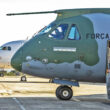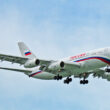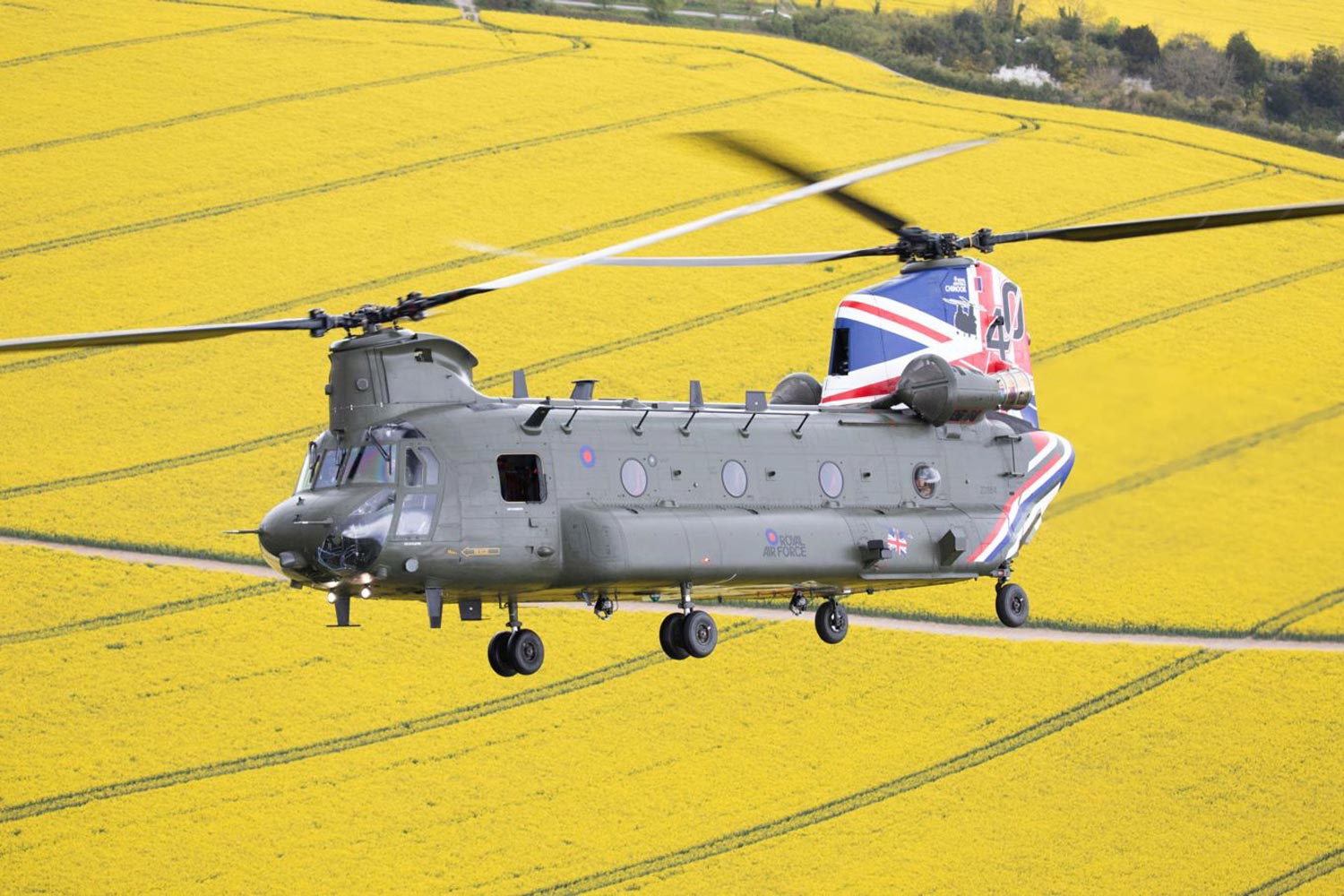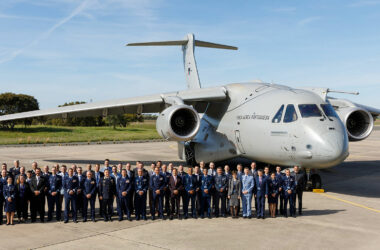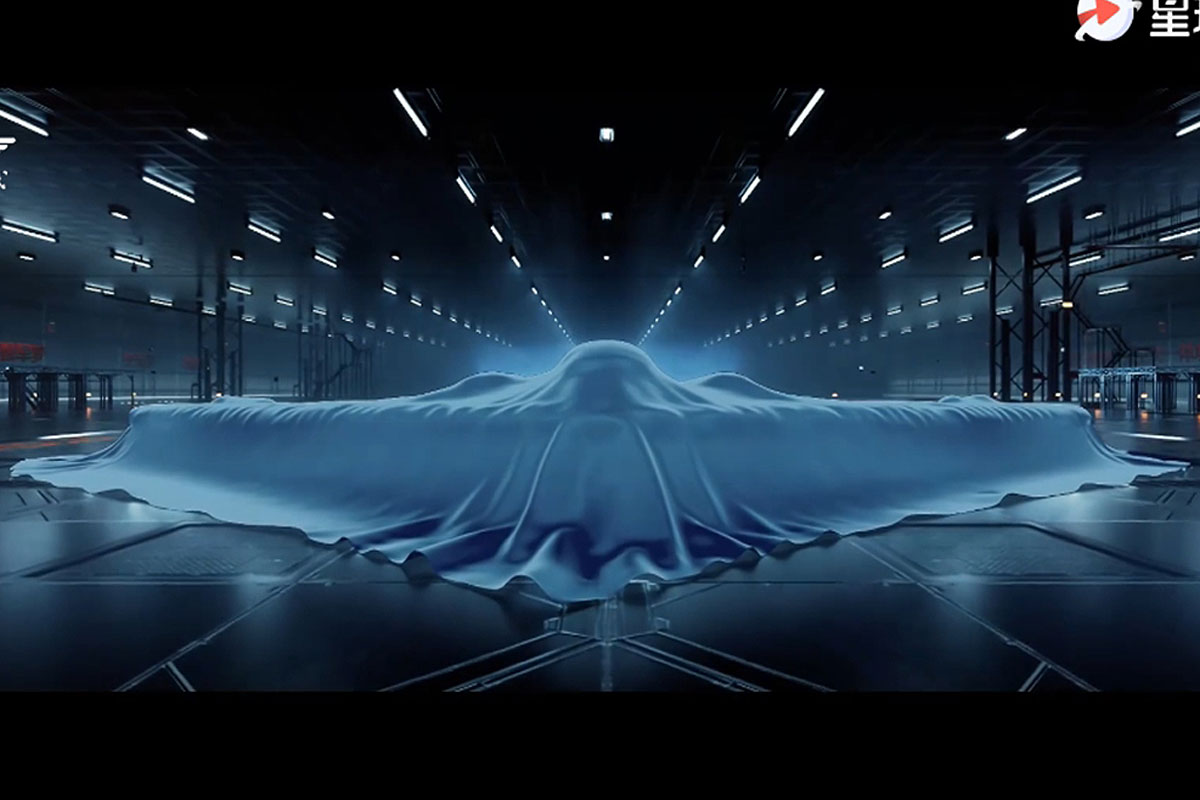Boeing should only deliver the first supersonic T-7A Red Hawk training jet between the end of 2025 and the beginning of 2026, the US Air Force (USAF) acknowledged.
The new delay in the program of the aircraft that will replace the Northrop T-38 Talons involves the ejection seats, which have not reached a degree of confidence required by the USAF.
The T-7A was developed by Boeing in partnership with Saab and pioneered the use of digital tools to accelerate the development process. In fact, between the digital design and the first flight, only three years passed, thanks to advances that allowed a more precise assembly of the prototype.
Follow ADN: Instagram | Twitter | Facebook
The US Air Force awarded a contract to Boeing in early 2018 and five years later, however, only two prototypes have been evaluated in flight, although there are another five aircraft in different stages of production and which should be delivered in 2023.
Because of the problem with the ejection seats, USAF pilots cannot fly the T-7, which prevents the delivery of production jets.
The Air Force and Boeing said they were confident the system would be fixed soon. According to the service, the ejection tests showed that the escape system can cause concussions in the pilots, although industry sources pointed out that the USAF would have instrumented the dummies in the wrong way.
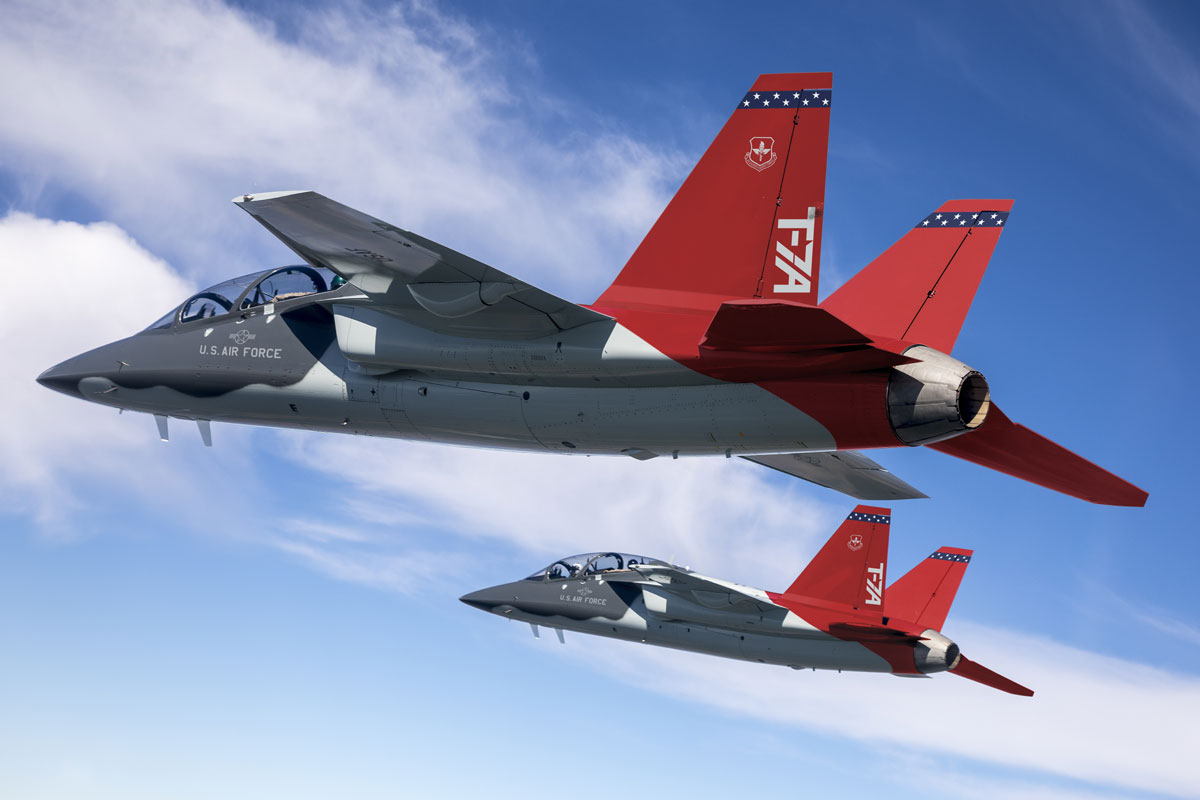
Order of hundreds of aircraft
The new delay was revealed after the Air Force did not include production of the aircraft in the Fiscal Year 2024 Budget as the start of assembly was moved to 2025.
The T-7A Red Hawk is a single-engine supersonic jet for advanced training that brings some conceptual changes. One is a more versatile cockpit, able to accommodate pilots of various sizes, hence the need for a more efficient ejection system.
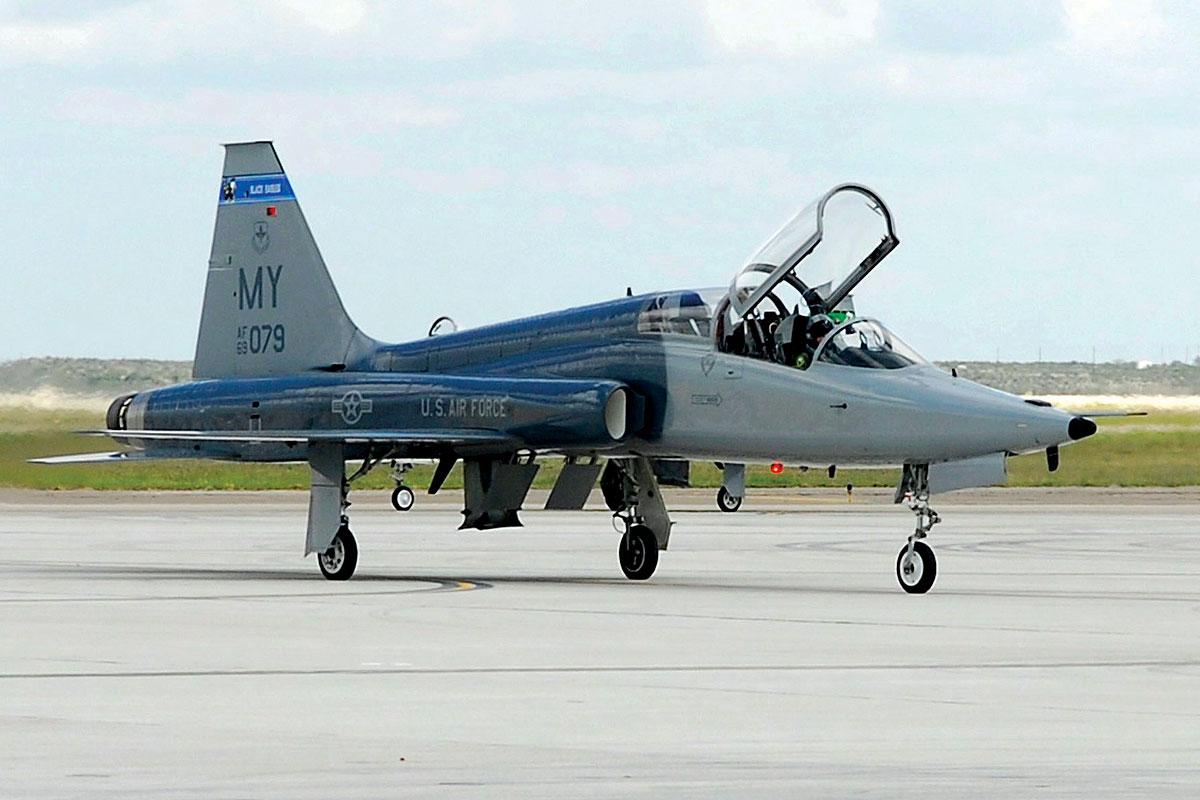
The USAF plans to acquire between 350 and 475 aircraft to finally retire the T-38 Talon, a training aircraft that gave rise to the well-known F-5 Tiger II light fighter.
The change in planning, however, should force the Air Force to extend the useful life of the Talons, which have been in service for more than 60 years.


